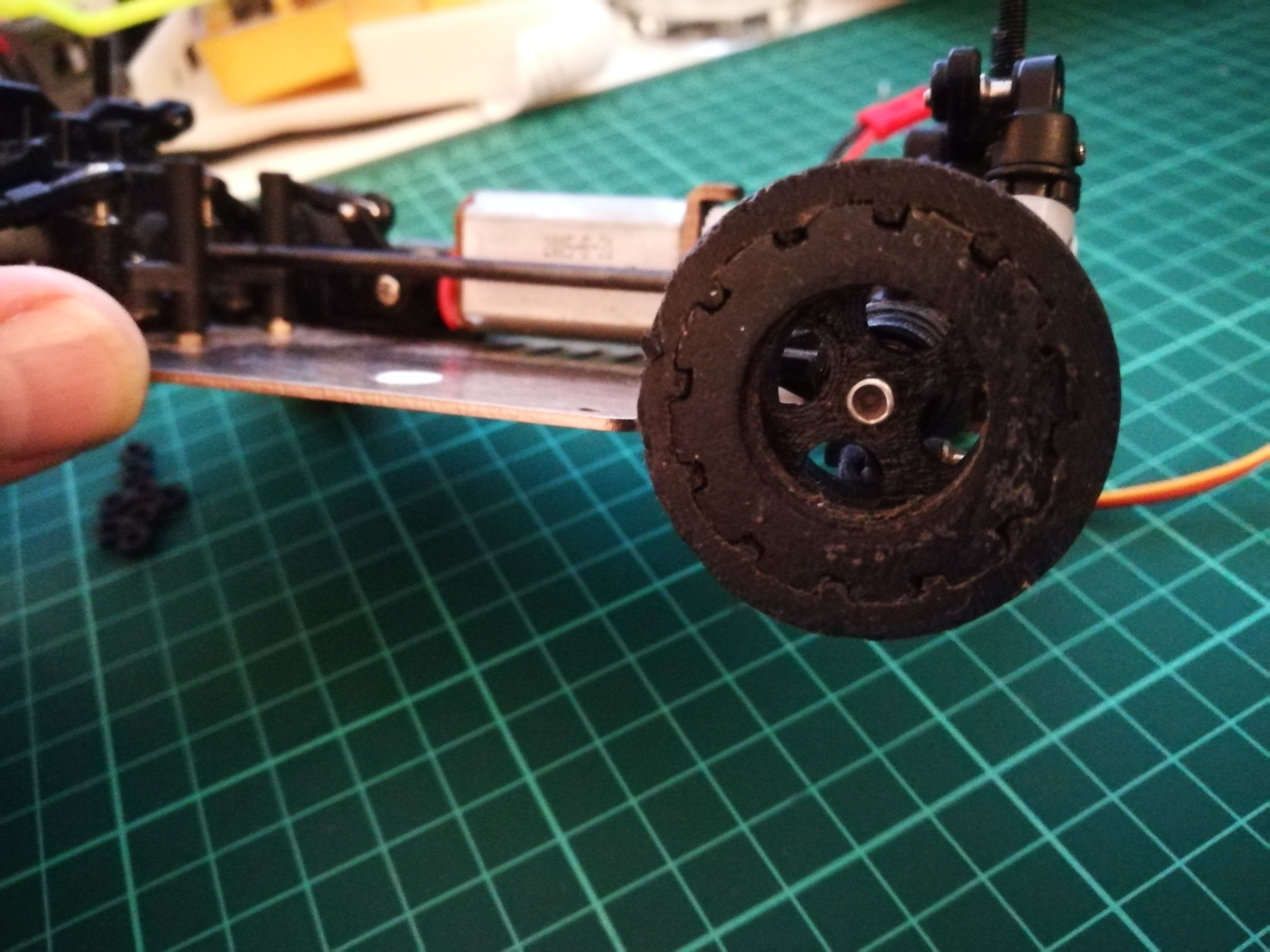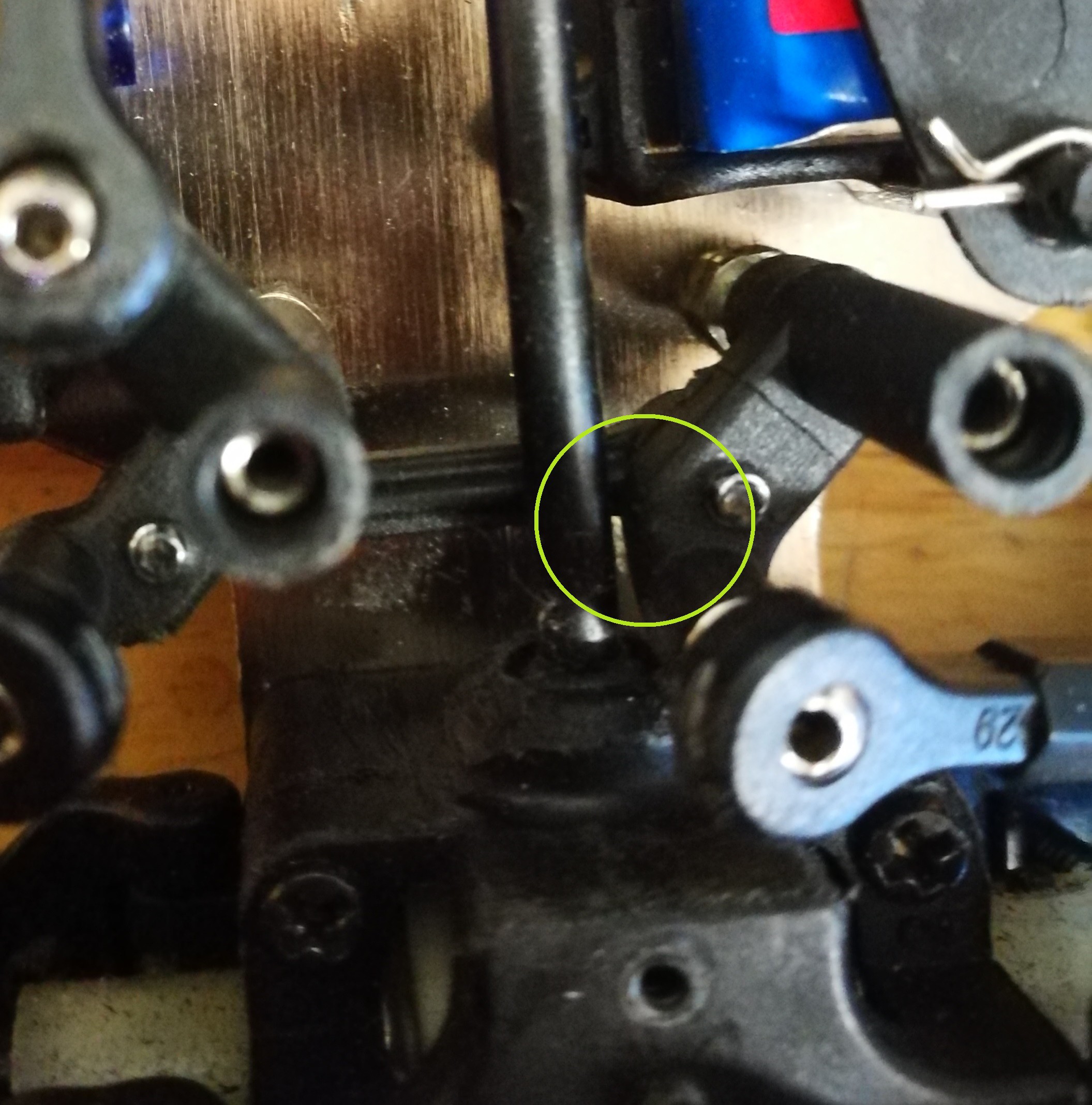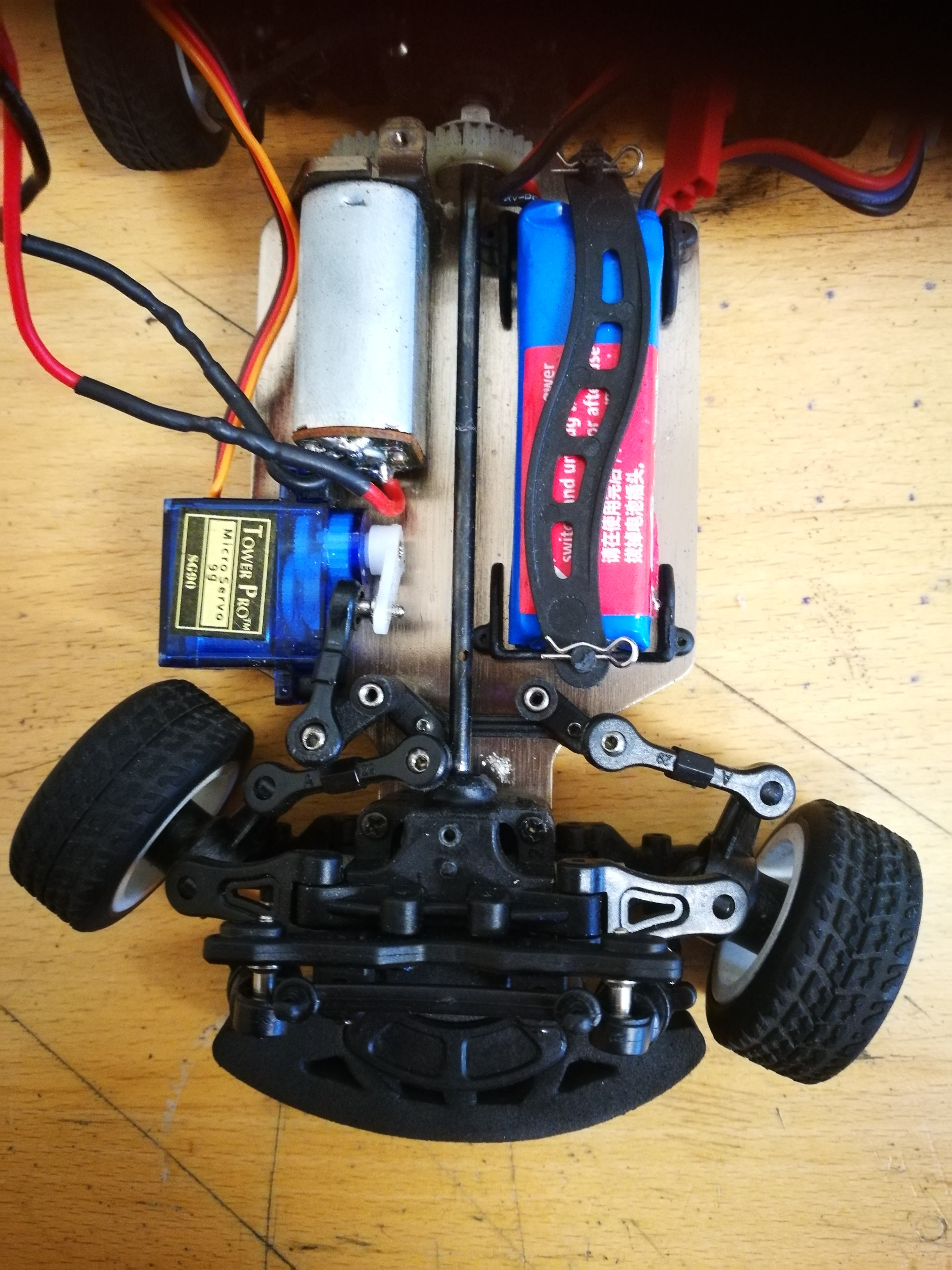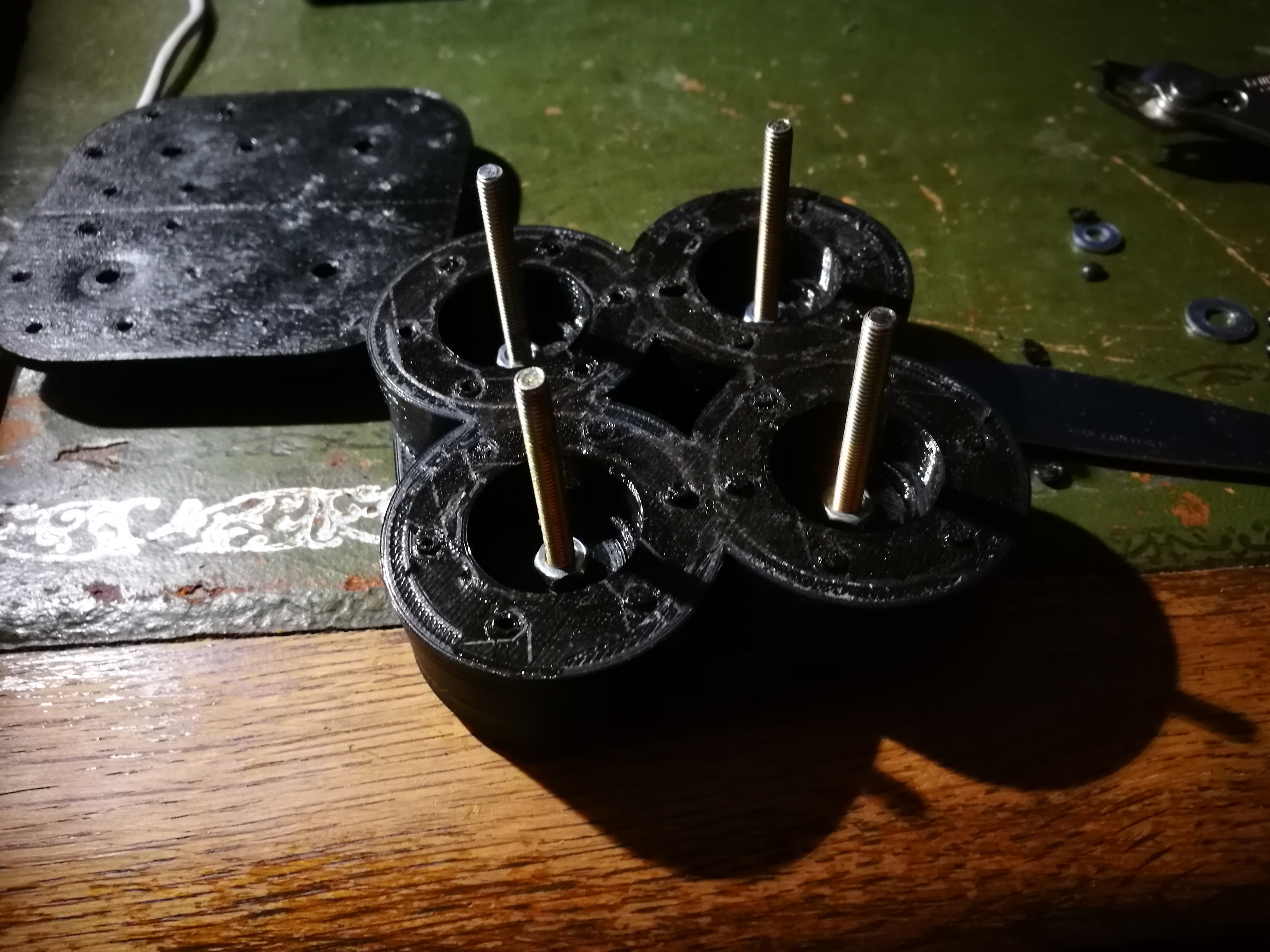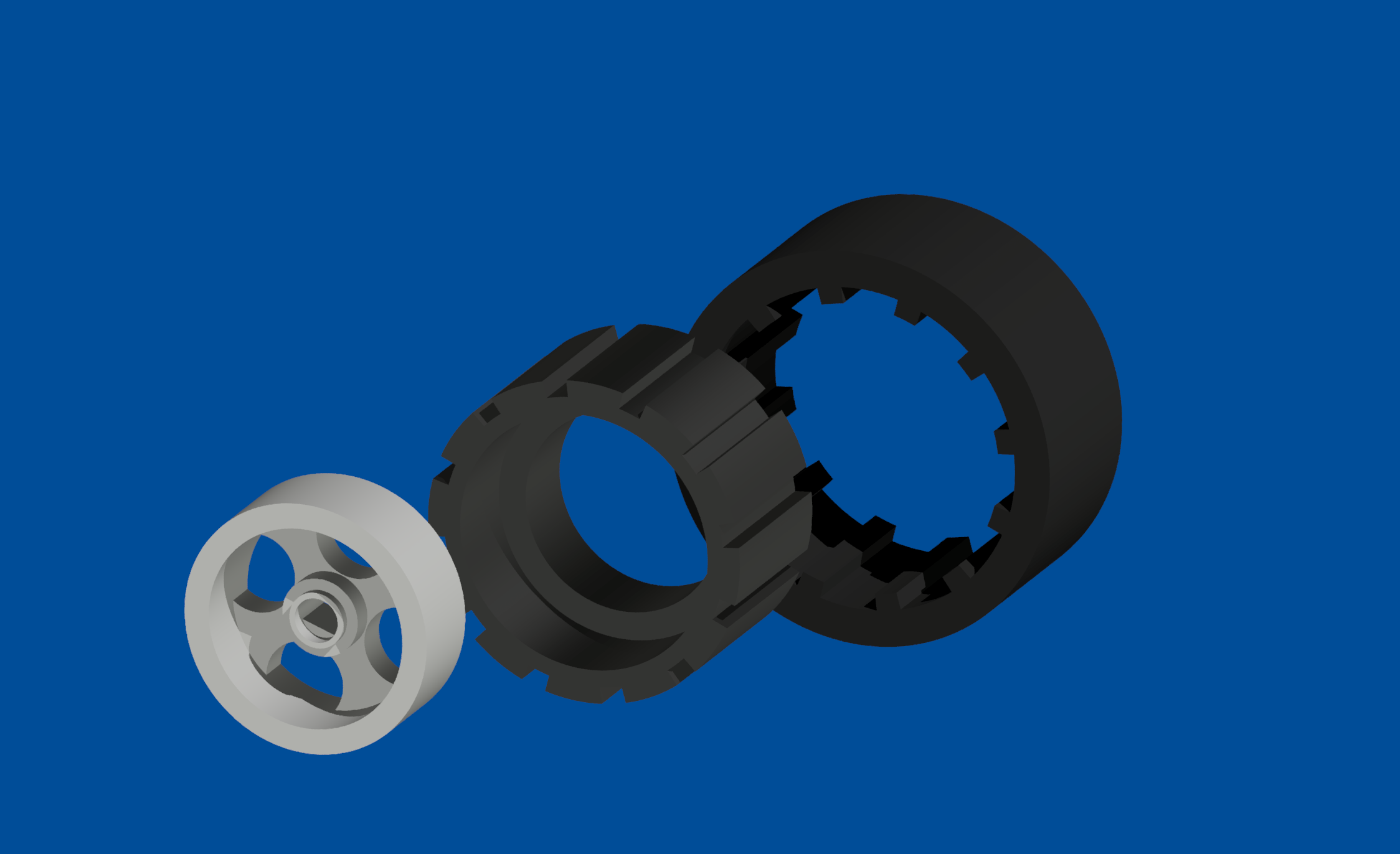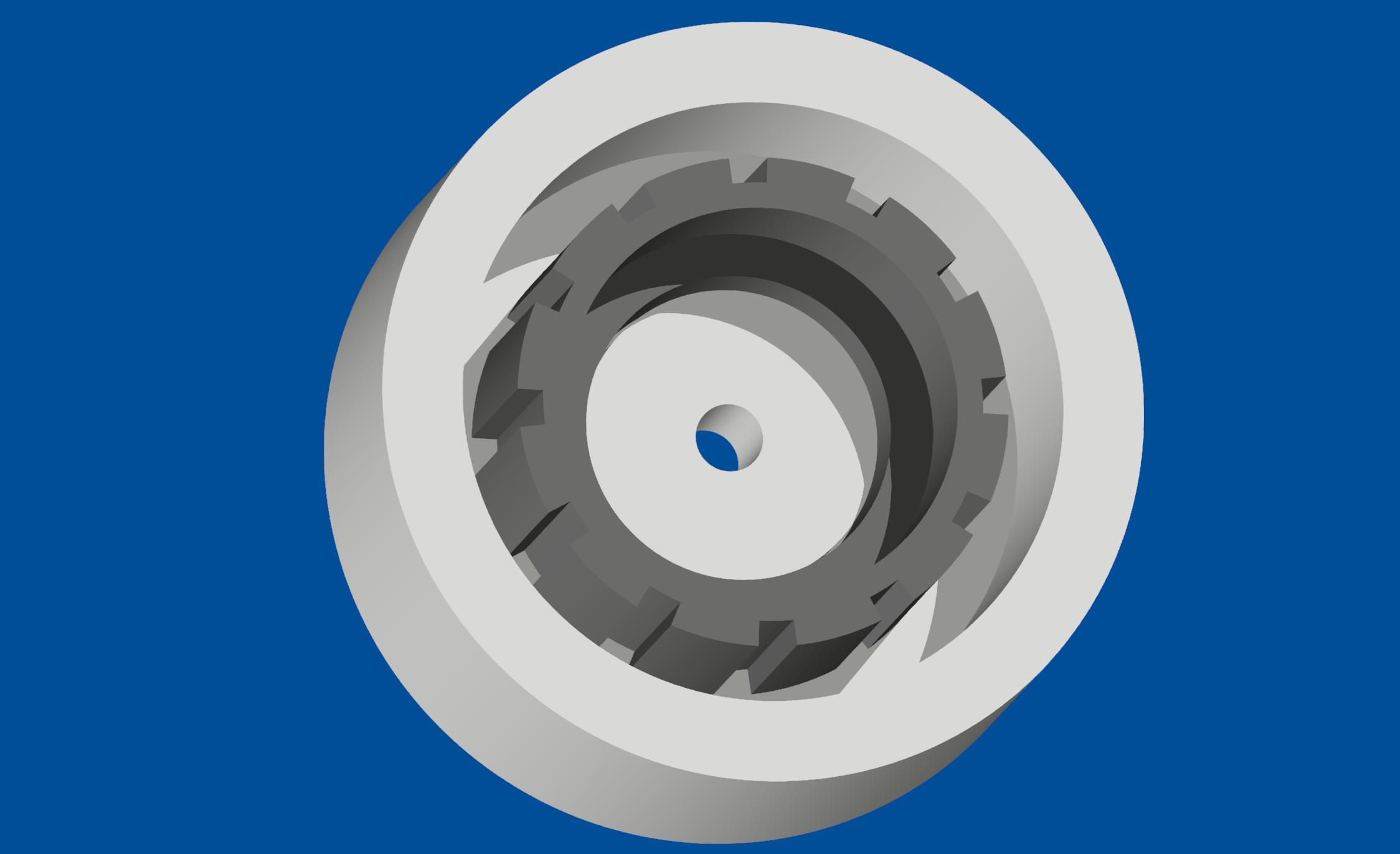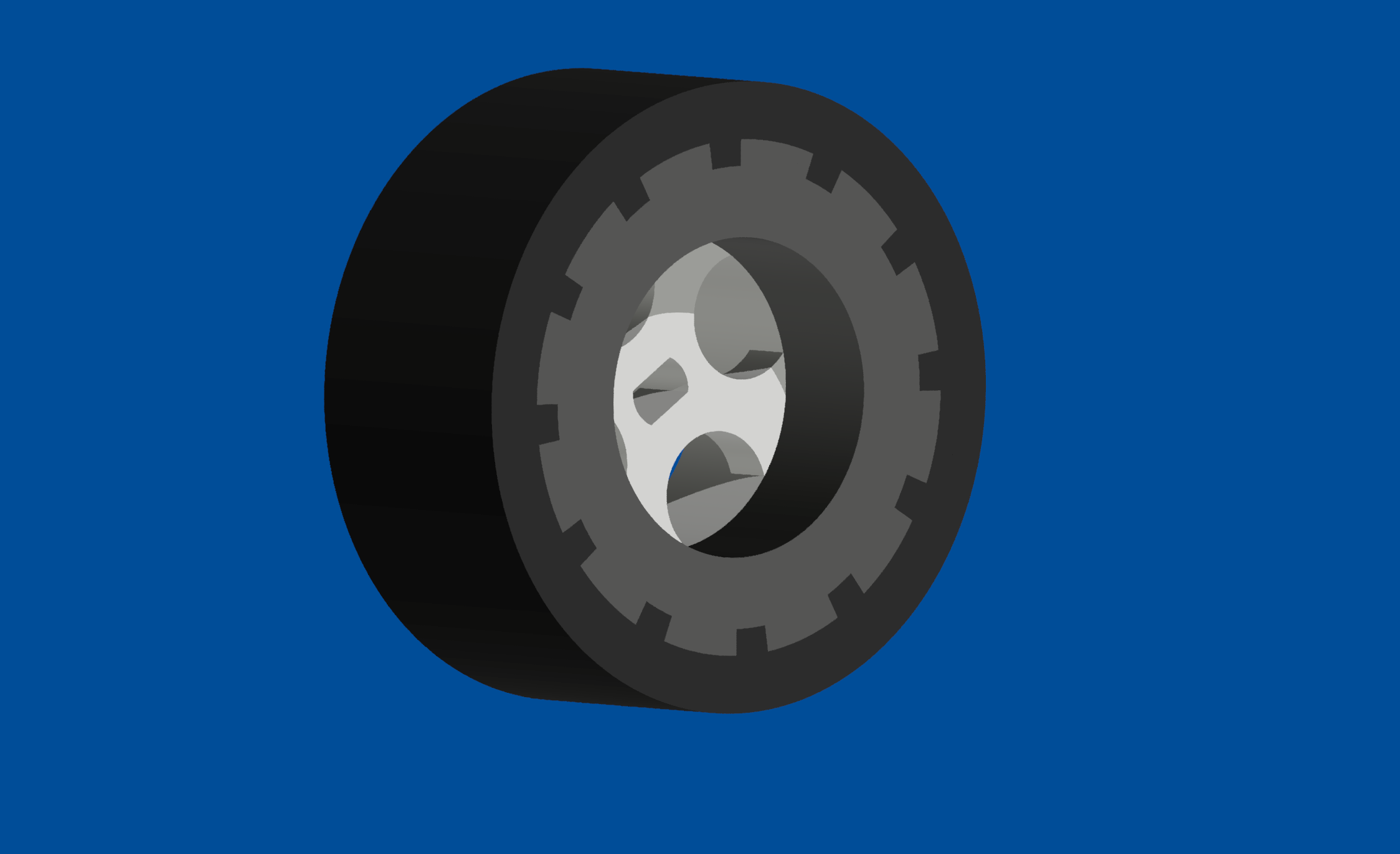-
Better Grip: Part Three - Downforce? No.
07/22/2017 at 09:20 • 0 commentsDownforce is common practise in racing. The reason why racers go for downforce is that the force required to slip the wheels is increased, which results in better braking, and probably steering as well.
But when we talk about a 1:24 car traveling in approx 15km/h? Is there any downforce to speak of? I'd like to find out.
I need more force on the steering wheels, they slip a lot in the turns.
I have, however, experimented with weight. It gives the same effect as downforce except for that the car has to make of for inertia. As is common with a four wheel drive, turning in high speed "forces" the car to steer less. There ought to be a sweet spot there the slippage due to low friction is minimal, and the slippage due to inertia is minimal.
To be updated.
-
Transmission upgrade
07/22/2017 at 08:46 • 0 commentsI bought two pairs of all-metal drive shafts. The original drive shafts of the A242 is made of plastic, with a screw hole on the end. Apparently I was not alone in my fear of the shaft breaking because of collisions, someone had already made an all-metal upgrade. Instead of fixing the wheel on the shaft with a simple self tapering screw the metal shaft is threaded and comes with a niloc nut. Perfect. Skookum.
I had to print new hubs for my custom wheels, but it was worth it.
![]()
-
Improving the steering mechanism
07/22/2017 at 08:31 • 1 commentThe original steering servo broke down early in the development. I found that a SG90 fits into the mounting bracket easily, just a little filing was necessary. Though it is mounted the other way. I have used a cheap TowerPro SG90 but there are many high end servos that might fit out there.
The A242 is well known for having a large turn radius. By filing out some plastic in the steering column the steering radius was greatly reduced. See the pictures:
![]()
![]()
Results:
![]()
-
Better Grip: Part Two
07/22/2017 at 08:13 • 0 commentsResults:![]()
Printed all parts, including cast, in CPE. Did a first test with the singular mold and it worked. Printed a quad mold to get all tires done at once.
I used Xencast PX30 1kg kit.
How to mold in polyurethane:
You need:
- PU resin and hardener
- Optional: Release agent and pigment.
- Mixing cup + something to stir the mix with.
- Scale
- Make a CAD model of your detail, complete with mold. Let the CAD program calculate the volume of your detail.
- 3d-print necessary parts and mold. Sand the mold for a smooth finish. Clean everything.
- Calculate how much resin + hardener you need. This is usually done by dividing the volume of the detail by the density of the resin. In the case of Xencast PX30 the resin + hardener should be mixed 50/50 by weight. Also, keep in mind that the real world is not a perfect place, put in a little bit excess resin and hardener for good measure.
- Optional: Apply Release Agent to the mold.
- Put your mixing cup on a scale and tare the weight. Pour as much resin as you need.
- Optional: If you don't want dull yellow-brown PU, this is a perfect time to add pigment to the resin! Mix them thoroughly.
- Add hardener to the mix.
- Mix the components thoroughly.
- Pour.
- Demould (pre-curing): Let the pour sit for approx 24 hours in 25 centigrade temperature. During this time the resin is merely beginning to take the shape of the mold. Do not rush the curing at this point.
- Curing: You can either let the pour sit for one week at 25 centigrades, or you can rush it in an oven.
- Rushing the cure: Let the pour sit in an oven at 80 centigrades for 2 hours.
- When the detail is cured it is safe to release it from the mould.
- Take note on what you can do better next time you mold, and share it with me =)
My quad mold with the lid behind it. The easiest way to spot the tires are the marks from the evacuation holes.
![]()
-
Better Grip: Part One
12/07/2016 at 19:28 • 0 commentsThis thing can be quite fast. Banggood promise 35 km/h and yes it felt that way when I tested it on tarmac. Id like to be the one finishing most laps in the competition, so it would be good if I could use a lot more of the available speed.
What Ive found is that it in higher speed than about 50% duty cycle it goes straight in the curves. Since the car is 4x4, could adding friction (and perhaps weight) give the car a bit more steering in high speed? We'll see.
My plan is to cast tires out of polyurethane onto 3d printed wheels. I designed the wheel to be 3d-printable (no overhangs or overly complicated features), so I split the wheel into an outer ring and a hub. The wheel with tire will have the same dimensions as stock, but (hopefully) better friction against the floor. In Minisumo polyurethane rubber is the most used material because it really "suck" onto the ring. I will also use a 3d printed mold to cast the tire directly on the wheel (with or without the hub mounted).
![]()
Exploded view of the wheel assembly. The inside of the wheel towards the screen.
![]()
Wheel centered in the mold.
![]()
Wheel assembly from the outside. It looks a bit dull (even worse with black hub!)
I forgot to document the test print but the hub, with the dimensions given during design, fits perfectly into the wheel.
I use CPE for the outer wheel, white ABS for the hub.
The tire will be cast from Xencast PX30, which is a polyurethane rubber with a shore hardness of A30. I use a black tint to this.
To suck out trapped bubbles in the rubber I constructed a small vacuum chamber. I don't have too much confidence in the syringe as a pump, I'll have to put a little bit more work into this. It was cheap though.
![]()
The wheels are being printed as I write this. Hopefully I have the molds done printed when the resin arrives, I'm very eager to get the casting done since it has to cure for at least a week.
 Martin Pålsson
Martin Pålsson